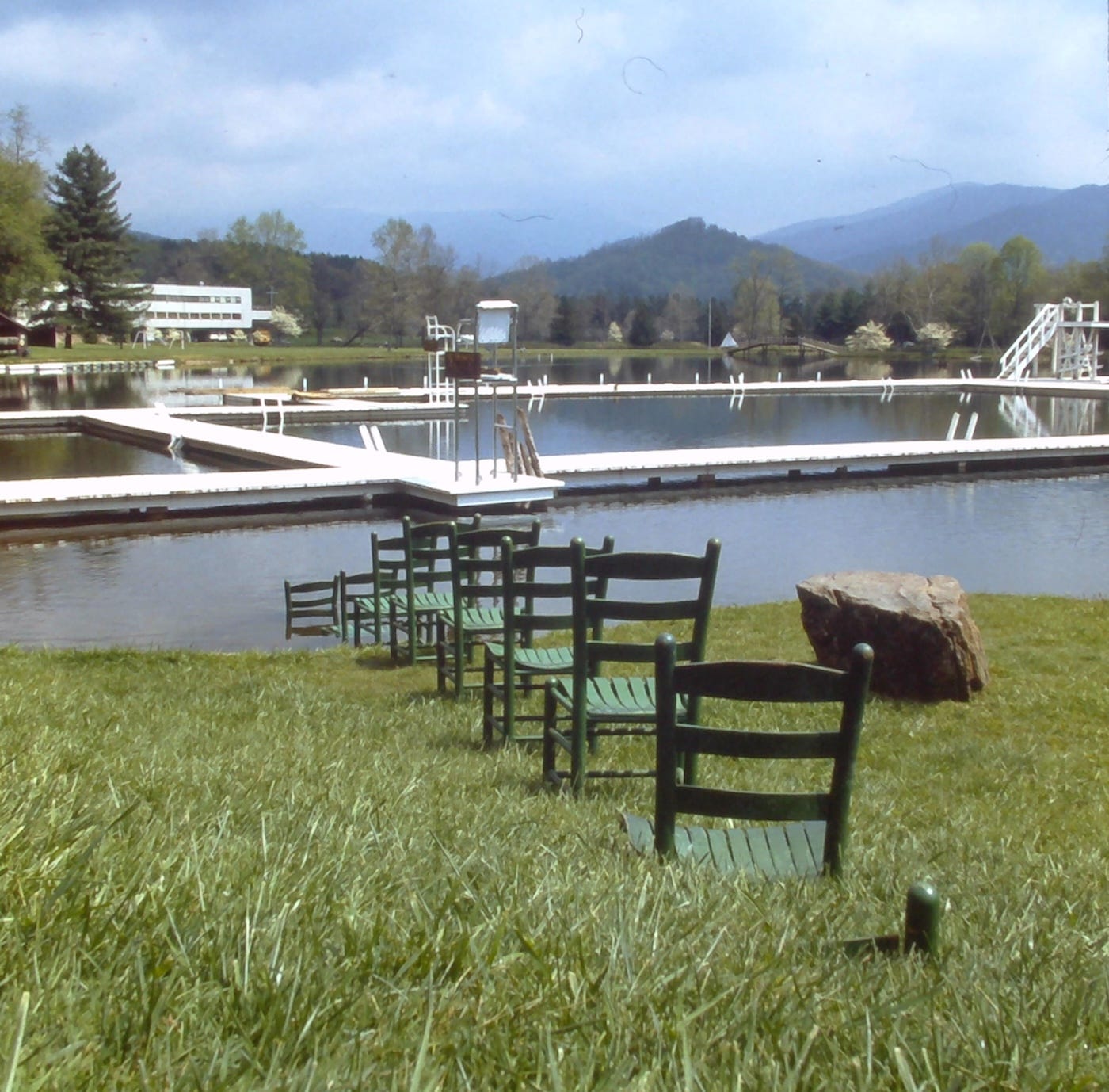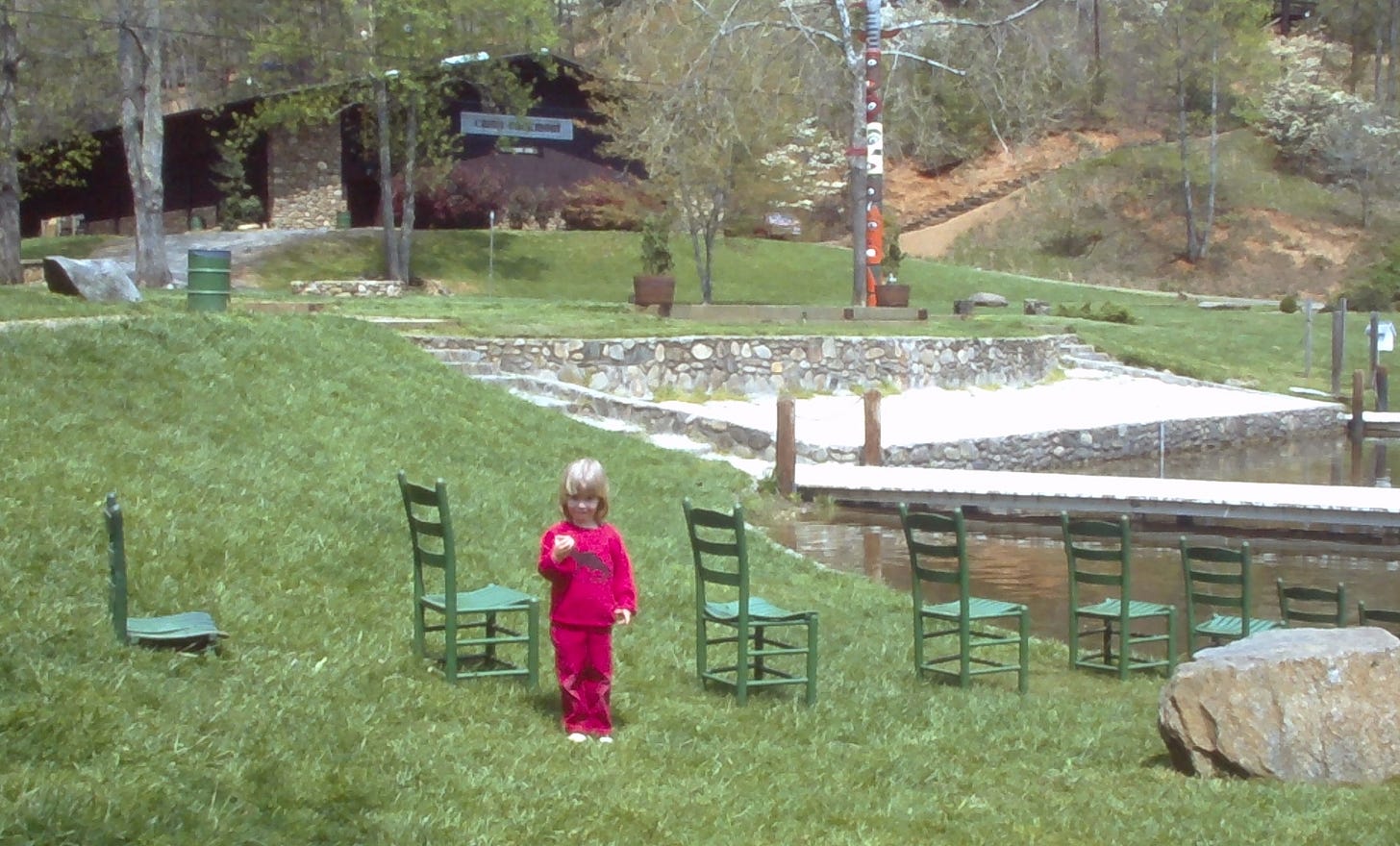Journal entry, Valentine’s Day 1989: On Wednesday when Stephan Stux comes to my studio and asks what my work is about, what do I say?... it is personal, social, formal, metaphysical…it is about my relationship with my wife and my children, my contact with the homeless community, my contact with the filth and detritus of New York, my sensibility of poverty, non-consumption, living gently and simply, with reverence for the planet…about cultural divisions and differences, about how we relate to the Other. It’s about how an arbitrary boundary can be the cause of huge schisms between different or even the same people. It is also an exploration of how that arbitrary boundary can be circumvented or undermined by focusing attention on common goals or common needs…it sings of the lower classes, their work, their degradation, their spirit, the way they use and wear things … the way materials can magically speak when juxtaposed…the almost universal human idea of opposition – duality – yin yang, and its companion obsession, the unification of those opposites into a coherent whole – the philosopher’s stone, the golden ball, a metaphor for our child self… we all yearn to recapture that perfection that is so remote and yet so palpable… It is Wu wei, actionless action…the idea that the most beautiful solution to any problem is the solution which requires the least intervention, the least action.
It was in this nearly hallucinogenic mindset, yanked between deep introspection and the panic of financial ruin, that I stumbled on an article about a group of folks planning to re-start Black Mountain College. Having grown up art-adjacent in North Carolina, having hiked for untold hours in the Appalachian Mountains near there, I revered everything about Black Mountain College. I had studied Charles Olson’s letters written while he was running the place; I had a copy of the Martin Duberman book Black Mountain: An Exploration in Community and had practically memorized the entire history. I worshipped many of the artists that had been associated with the scrappy school. Sheila and I attended a weekend mycological foray with John Cage a few years earlier. Much later, when Cy Twombly, improbably eating dinner at our house in Virginia one night, mentioned his time there, I pulled out this same book, now so dog-eared and spine-busted it had to be kept together with rubber bands, to show him how I adored it. Sheila insists he fell in love with us that night.
The plan for the new Black Mountain was to open their doors in the spring. Thrilled, I put down the article and immediately wrote a letter offering to teach a class there. I called it “Invisible Sculpture.” Maybe I could generate enough dough to keep us going a little longer in New York, maybe I could do this for a few weeks and return to New York to keep making art. Because at this point there was no way I was going back to a nine-to-five. I was too close. I had to swing for the fences and either knock it out of the park or go down swinging. To my surprise I heard back from them. “Yes, we like your idea, come on down!” Perfect! The show I was organizing for The Upstairs in Tryon to celebrate their tenth anniversary was to open in the summer, so between the two I thought I could cobble together a trip to the mountains of North Carolina. Somehow, it didn’t bother me that the only experience I had teaching college kids was two courses at Blue Ridge Tech five years before. We decided to sublet our apartment for the summer. I would go down early, Sheila, still on maternity leave from her job at NYU’s Linguistics Department, would follow after a few weeks.
I arrived in Black Mountain in April, part way through the spring semester, planning on a three-week course. The people behind the venture had secured the legendary Camp Rockmont, the Lake Eden site of Black Mountain College from 1941 through its closure in 1957, complete with the Bauhaus-type building constructed by some of the same students I now revered. I couldn’t wait. Maybe this would turn out to once again launch careers of advanced artists. What I found was a shock. There were only three other professors, and less than a dozen students. The students were housed in the only winterized campus building, something that looked like the camp lodge it had once been. The cement Bauhaus building crouched low on the other side of Lake Eden, unused as far as I could tell. Why? The professors––including me, were housed in a few screened-in summer camper cabins. They emerged from them into the cold mountain air like bears out of hibernation, wrapped in two layers of coats. These intrepid artists, having arrived in February, had plastered six-mil plastic sheeting all over the screens to keep what little heat generated from their own bodies inside their “home.” Were there no electric heaters? Maybe. Surely! Though not in my cabin.
Luckily, I had left Sheila behind with three-month-old Eleanor and her big sister Julia. They were to join me two weeks later. Early May in the Appalachians? I begged an exception on those grounds: could my family and I please stay in the winterized cabin? One of the artist professors, a painter, was by this time already fed up. He stalked around with a bitter smirk on his face, denigrating the school and its operators. The sculpture prof was a guy named Greg Edmondson. He and his girl-friend (had they met there? I can’t recall) were more upbeat and more friendly. I would stay in touch with Greg for years.
Each morning everyone would bear-crawl from their caves, fur askew, and assemble at the dining hall, a spacious and airy building perched on the shore of the large lake, its deck hovering over the water like a diving platform. A fire in the stone fireplace scented the room and everyone in it with the subtle aroma of smoked ham. The “cook,” ––a friend of Marc Herring, the guy who’d hatched this cracked idea––who sidelined teaching one of the poetry classes, rustled up the same muffins every day. He had found one of the old Kitchen-Aide mixers from the camp and each day he would dump a load of whole wheat flour and some eggs and oil and baking powder into the aluminum bowl, hook in the aluminum dough hook which didn’t quite fit, and let’er rip. Twenty minutes later, we were presented with a pile of muffins laced with tiny slivers of aluminum that the ill-fitting dough hook had scraped up from the aluminum bowl and into the mix. It was the only food on offer. Camp Rockmont was outside of town and there was nowhere else to get food, nor did I have any extra money, so I carefully picked as many of the shiny pieces from my muffin as I could before I gobbled them down, worrying all along whether this amount of aluminum was sufficient to produce Alzheimer’s disease.
Invisible Sculpture. What was the course about? Something about making art from whatever could be found, whatever was at hand. Something about constructing art from the random pieces of one’s life. Something about collapsing one’s art into one’s life. All I remember are a couple of pieces I made using a pile of broken, green ladder-backed chairs in a line. The first one sat thirty feet back from the shore of the lake sunk entirely into the ground, the second one was a bit closer and sunk a little less. Each chair got successively closer to the water and a little higher out of the grass, then descended back into the water’s edge until the only thing visible was the top of the final chair. I offer my apologies, here, to the students, should any of them read this account. I was likely a self-absorbed and worthless instructor.
By the time the semester was over, it was clear to me and the other faculty that this was not a going concern. We sat by, stunned, while the self-described “entrepreneur,” Marc, expounded on how he was planning to make a fortune trading on the reputation of Black Mountain College, blissfully unaware that the original Black Mountain had struggled each and every day with financial ruin and had collapsed from lack of funding. Among ourselves, –– each of the others as reverential toward the actual place as I –– we discussed what might be salvaged from this fiasco. Could it be pulled out of the fire, could our fearless leader be corrected and re-directed? Later that summer, as Sheila and I sat in the Octagonal Living Unit we had left behind five years earlier, Julia and Eleanor lying in the grass outside, I tried to summarize what had happened in an article for The Arts Journal, but I think we knew it was hopeless. The fall semester never happened. The crew of entrepreneurs folded their tents and disappeared into the night; the only remnant of the endeavor was the article I wrote. The title: Black Mountain College in the Age of Simulacra.








If only it could have been revived! I must have learned about it in the 80’s in high school or art school, and I was immediately hooked— and sad to find that it was long gone. I love your story! I did read something about a sort of summer revival a number of years ago, maybe 15…. A more conceptual leaning retreat (more theorists than artists I think). It must have been in a nearby location? I’m not sure how that went!
I had no idea there had been a Black Mountain College 2.0 (though that implies an upgrade that maybe it wasn't). A few years ago, Betty and I took students to the museum in Asheville, and on our way back home, we trespassed onto the grounds (no one appeared to be anywhere at the Christian camp it has become). It was sad to see the buildings in pretty bad shape.